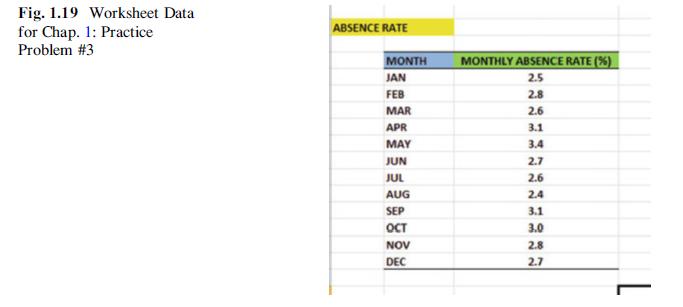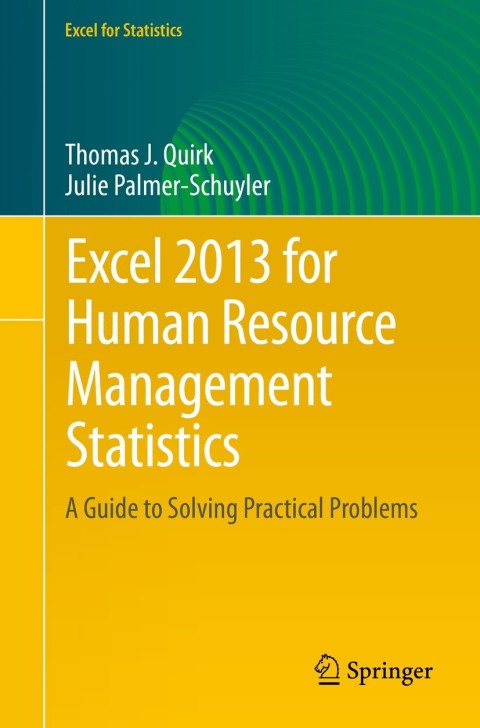Employee absence is a vexing problem in every organization and it can sometimes escalate to an alarming
Question:
Employee absence is a vexing problem in every organization and it can sometimes escalate to an alarming rate if it is not carefully monitored by the Human Resources department. There are many legitimate reasons for an employee to be absent from work, including sickness, family emergencies, personal business that must be conducted during working hours, vacation days, and holidays. But there are also other reasons for employees not coming to work such as low job satisfaction, dissatisfaction with pay, poor supervision, and excessive workload stress. Excessive absences can also be a forerunner of employee turnover.
Tracking absences also requires accurate time records of employees and a company standard of an “acceptable” absence rate. A typical way to measure absence is given by the following formula:
Monthly absence rate ¼ WDL=ðHC WDÞ
where WDL¼total number of worker days lost through absence that month HC¼average number of employees that month WD¼total number of workdays in that month Suppose that you wanted to determine the descriptive statistics summarizing your company’s monthly absence rate during the past year. The hypothetical data are given in Fig. 1.19:
(a) Use Excel to create a table for these data, and at the right of the table, use Excel to find the sample size, mean, standard deviation, and standard error of the mean for these data. Label your answers, and round off the mean, standard deviation, and standard error of the mean to one decimal place using number format.
(b) Print the result on a separate page.
(c) Save the file as: ABSENCE3
Step by Step Answer:

Excel 2013 For Human Resource Management Statistics A Guide To Solving Practical Problems
ISBN: 97173
2nd Edition
Authors: Thomas J. Quirk, Julie Palmer Schuyler






